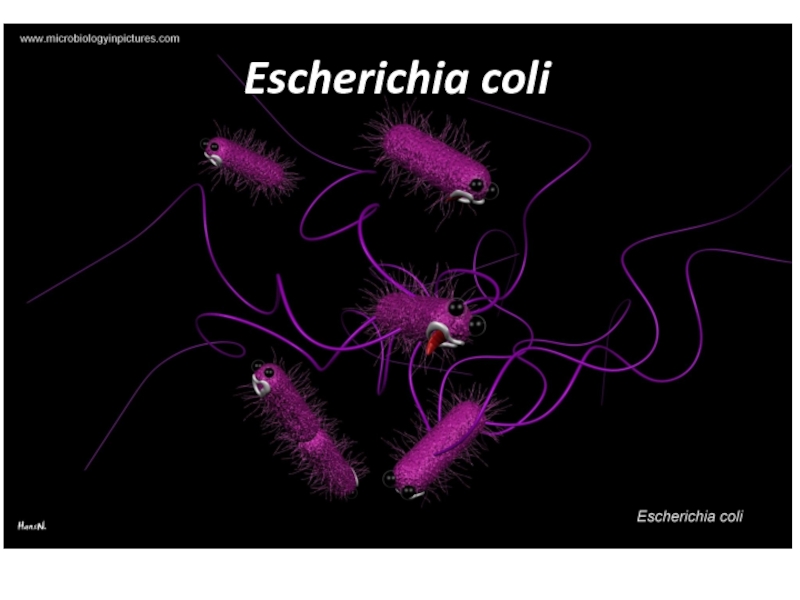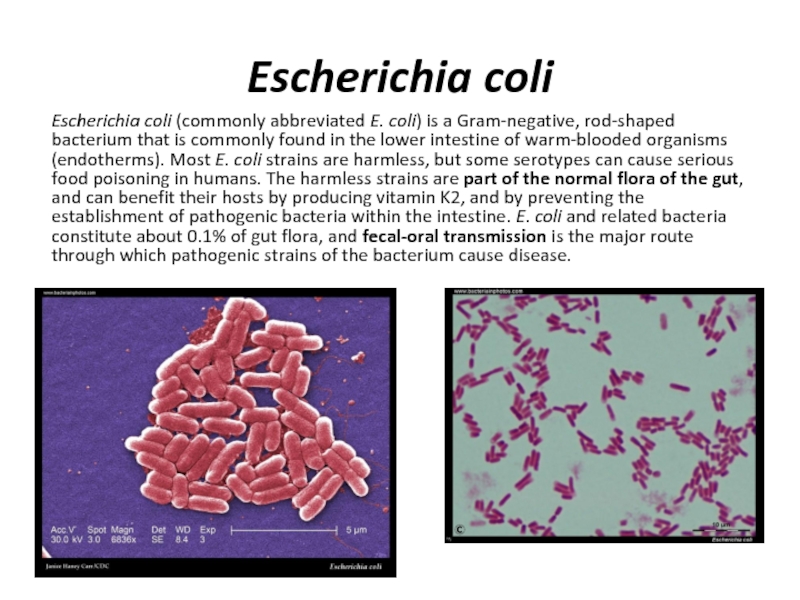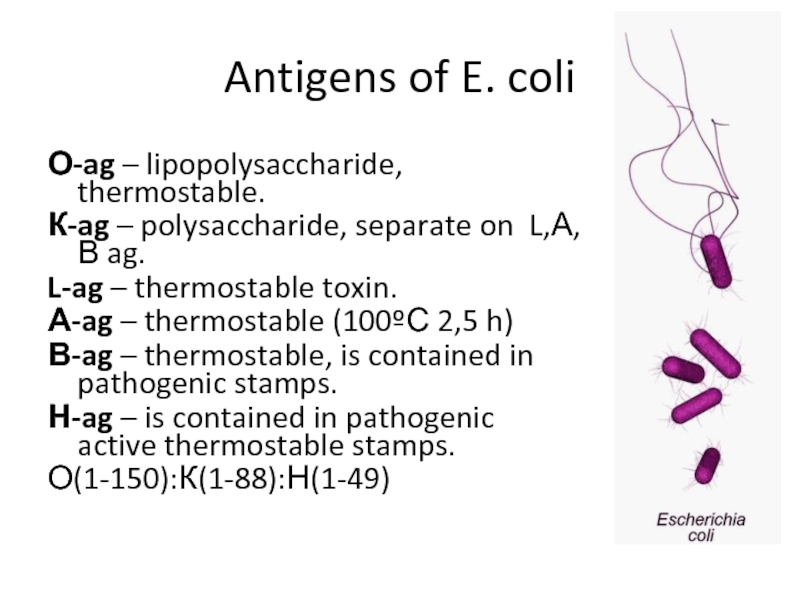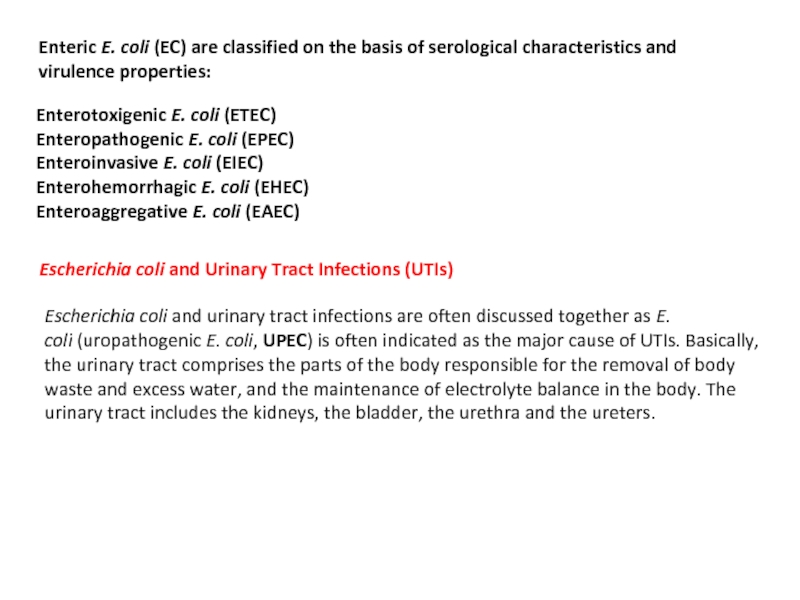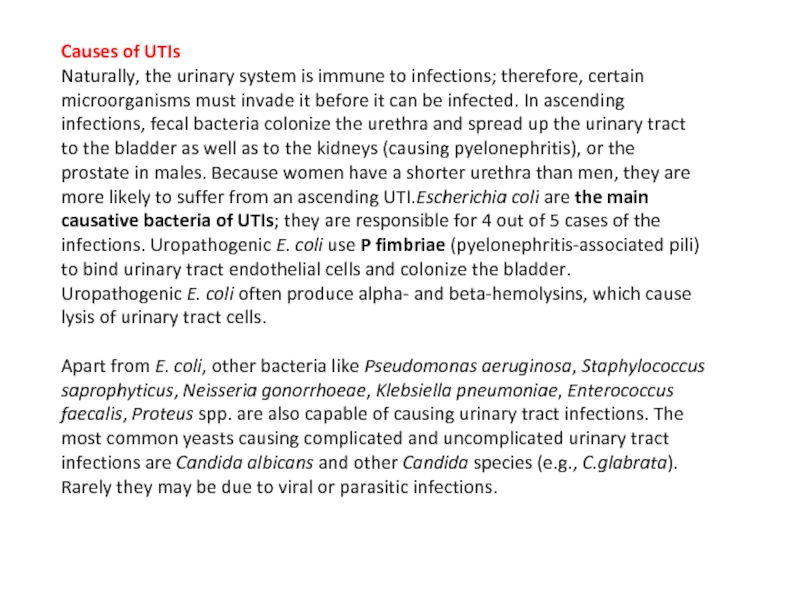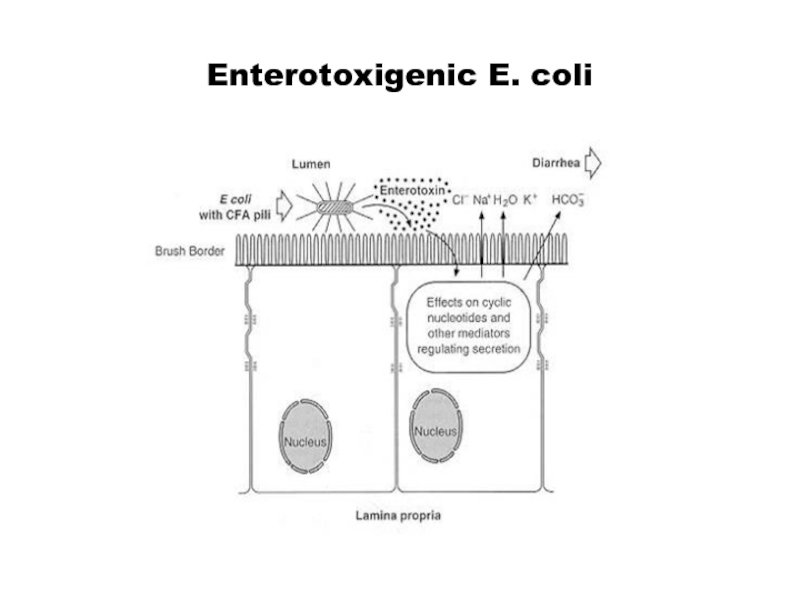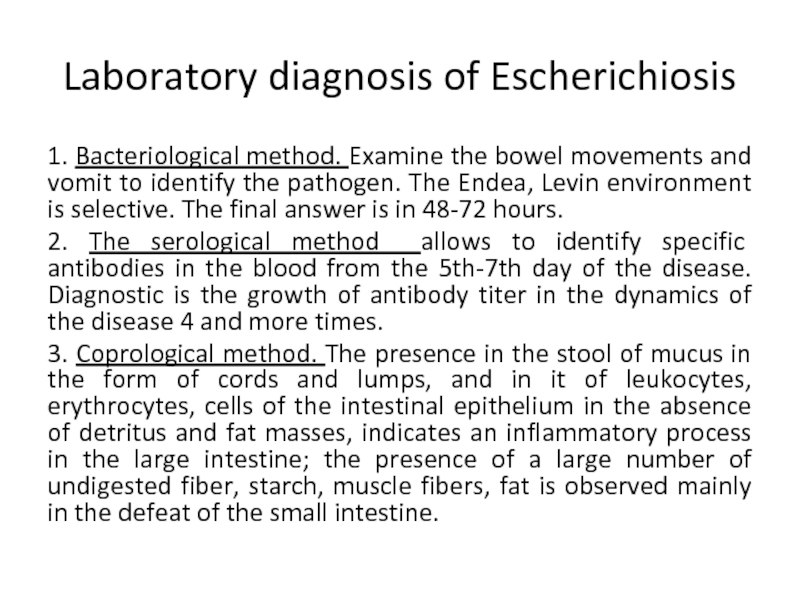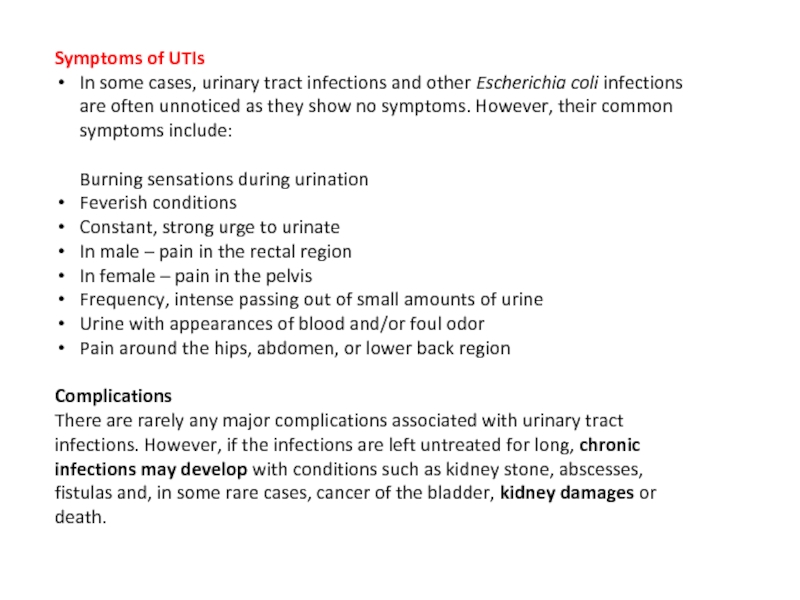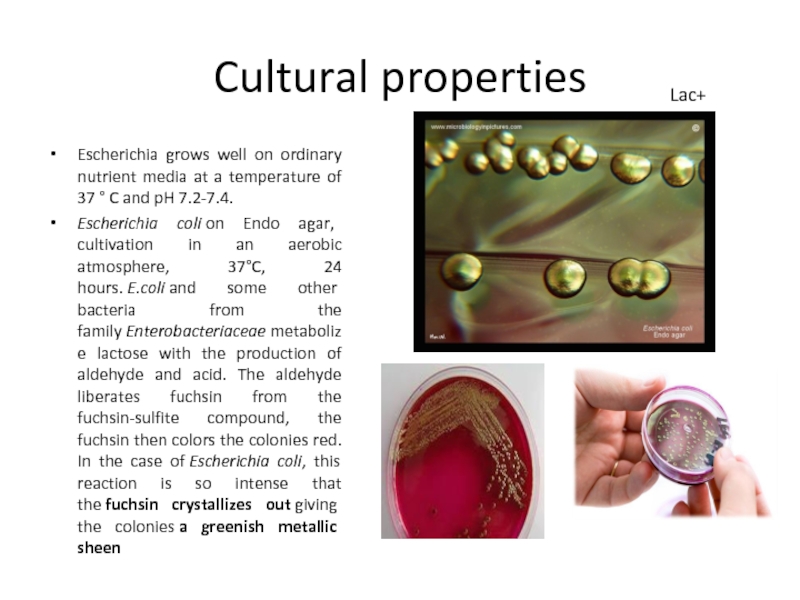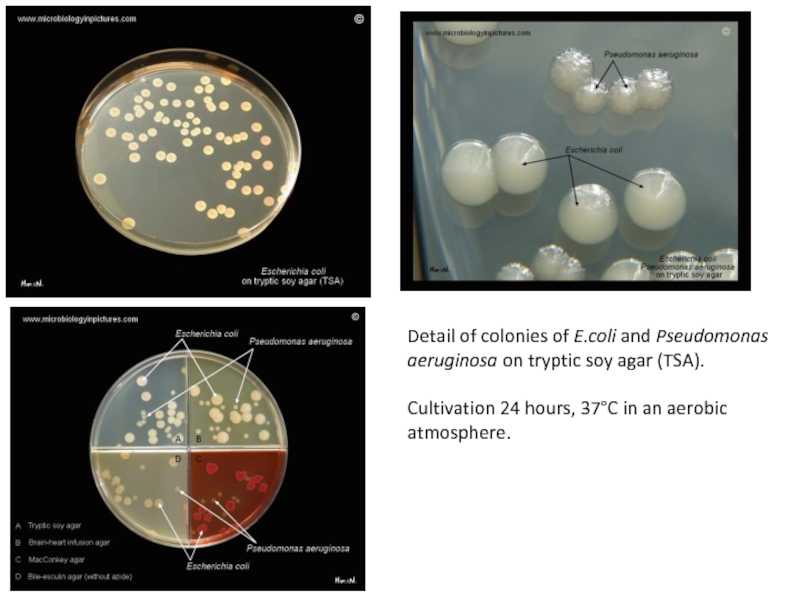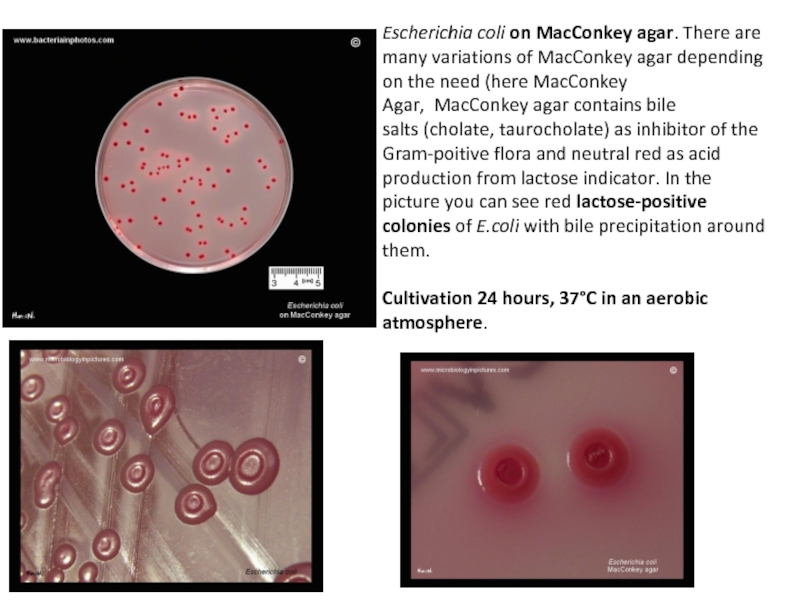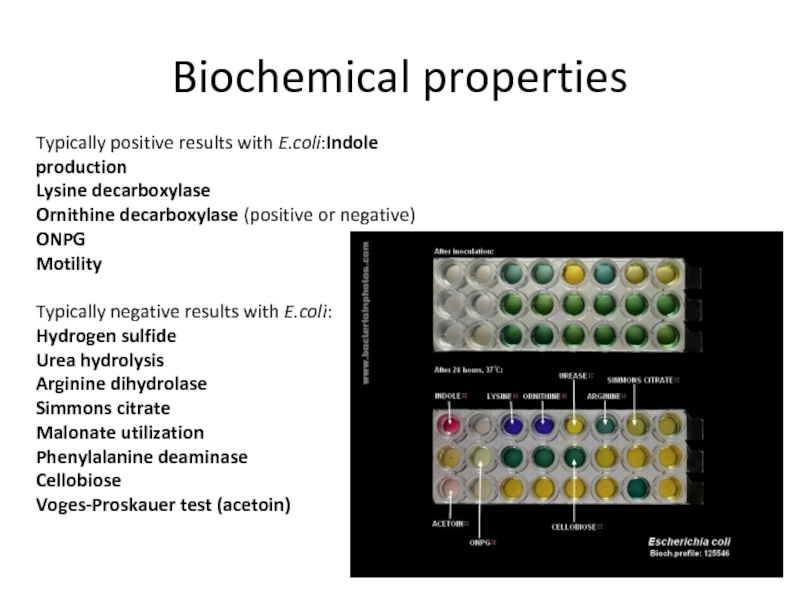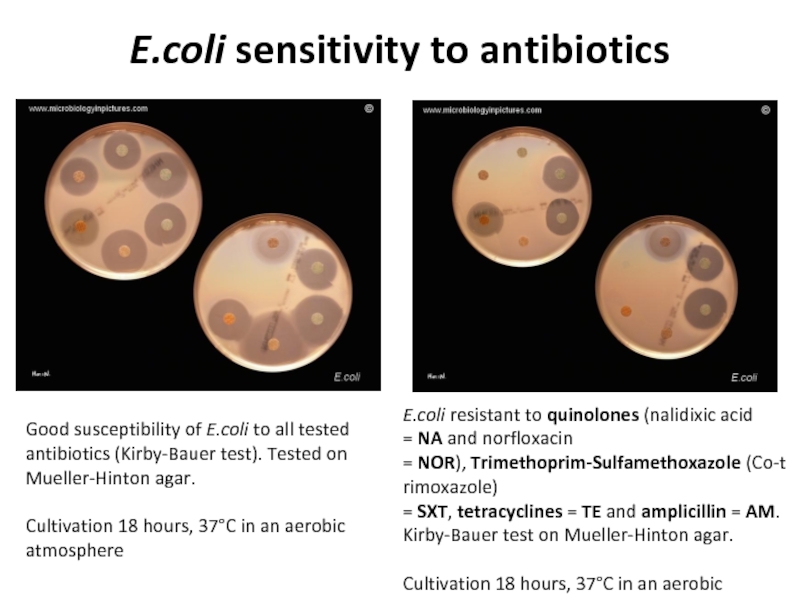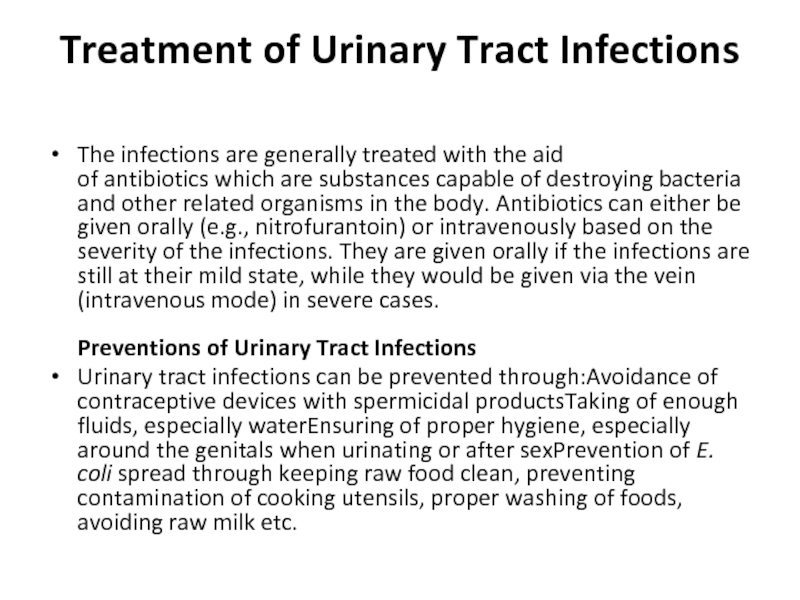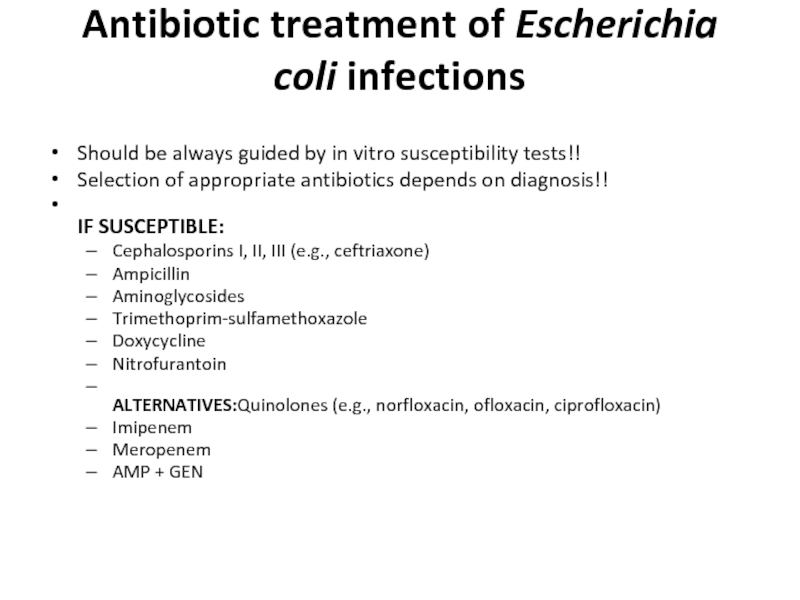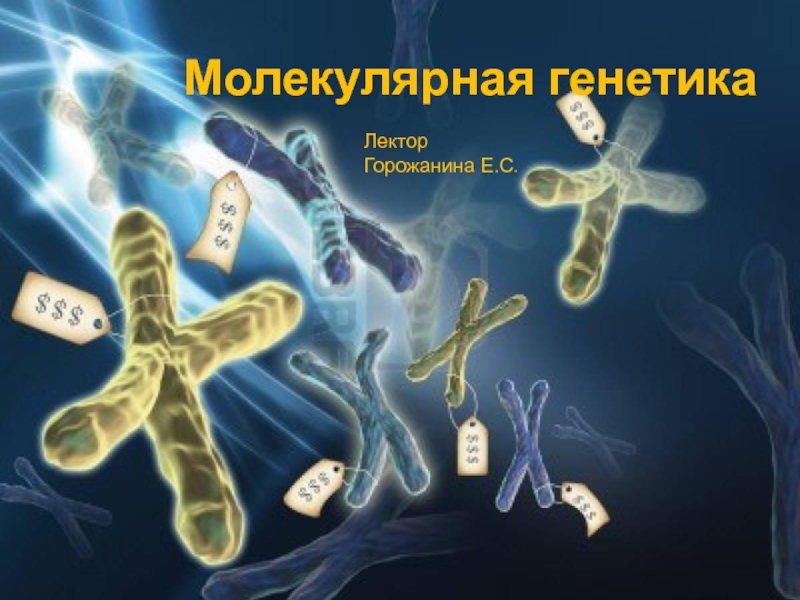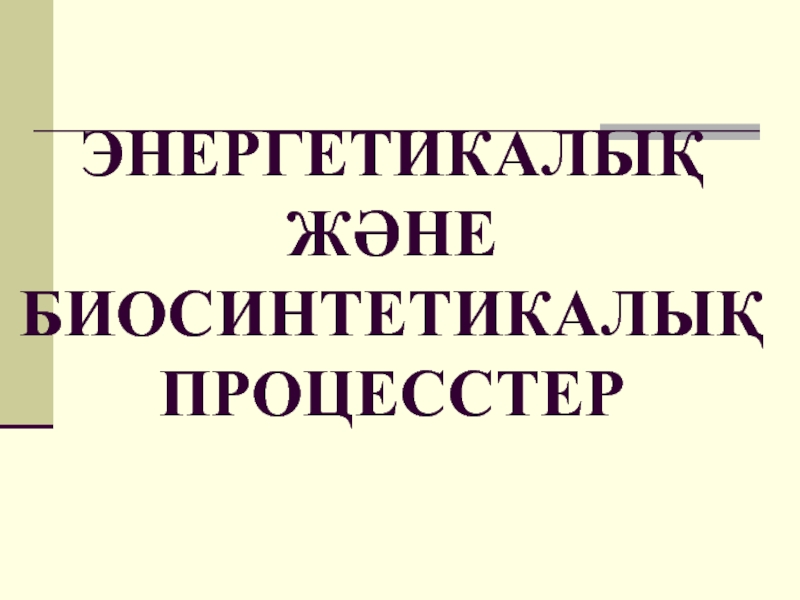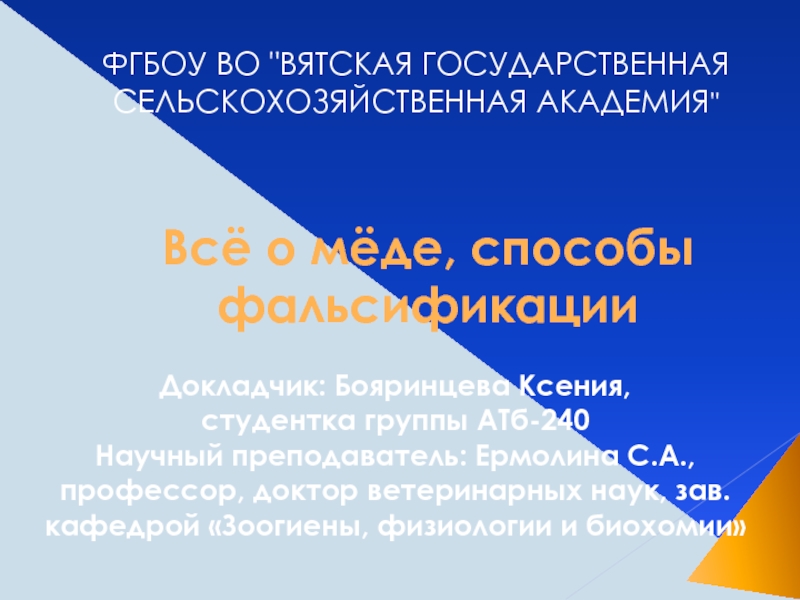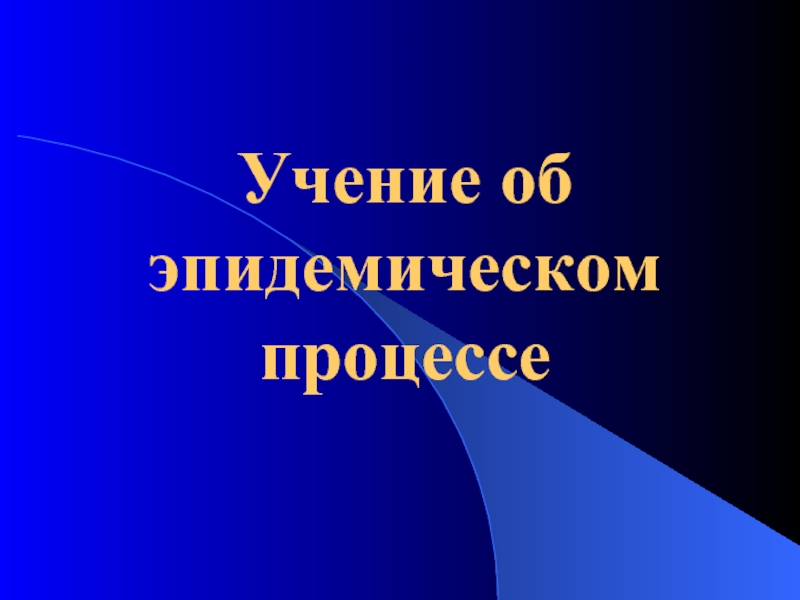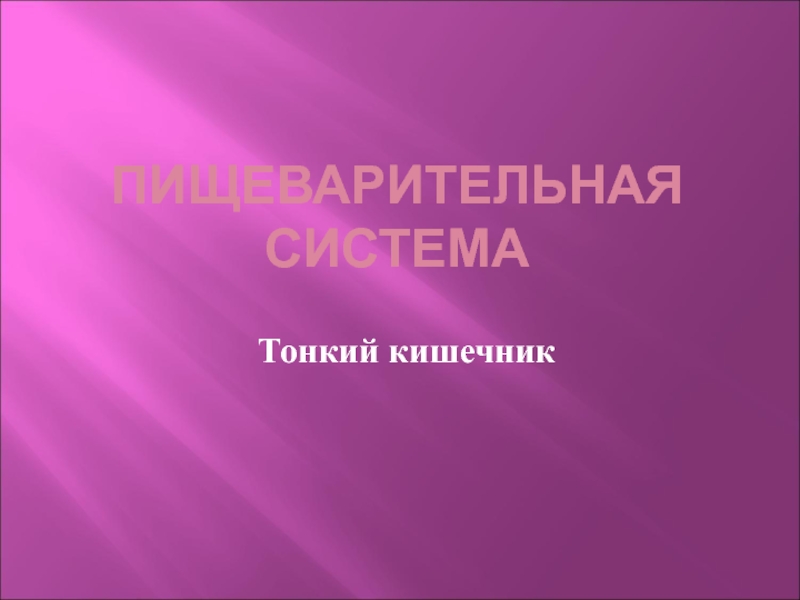- Главная
- Разное
- Дизайн
- Бизнес и предпринимательство
- Аналитика
- Образование
- Развлечения
- Красота и здоровье
- Финансы
- Государство
- Путешествия
- Спорт
- Недвижимость
- Армия
- Графика
- Культурология
- Еда и кулинария
- Лингвистика
- Английский язык
- Астрономия
- Алгебра
- Биология
- География
- Детские презентации
- Информатика
- История
- Литература
- Маркетинг
- Математика
- Медицина
- Менеджмент
- Музыка
- МХК
- Немецкий язык
- ОБЖ
- Обществознание
- Окружающий мир
- Педагогика
- Русский язык
- Технология
- Физика
- Философия
- Химия
- Шаблоны, картинки для презентаций
- Экология
- Экономика
- Юриспруденция
Escherichia coli презентация
Содержание
- 1. Escherichia coli
- 2. Escherichia coli Escherichia coli (commonly abbreviated E. coli) is
- 3. Antigens of E. coli О-ag – lipopolysaccharide,
- 4. Enteric E. coli (EC) are classified on the basis
- 5. Causes of UTIs Naturally, the urinary system
- 6. Enterotoxigenic E. coli
- 7. Laboratory diagnosis of Escherichiosis 1. Bacteriological method.
- 8. Symptoms of UTIs In some cases, urinary
- 9. Cultural properties Escherichia grows well on ordinary
- 10. Detail of colonies of E.coli and Pseudomonas aeruginosa on tryptic soy
- 11. Escherichia coli on MacConkey agar. There are many
- 12. Biochemical properties Typically positive results with E.coli:Indole production
- 13. E.coli sensitivity to antibiotics Good susceptibility of E.coli to
- 14. Treatment of Urinary Tract Infections The
- 15. Antibiotic treatment of Escherichia coli infections Should be
Слайд 2Escherichia coli
Escherichia coli (commonly abbreviated E. coli) is a Gram-negative, rod-shaped bacterium that
Слайд 3Antigens of E. coli
О-ag – lipopolysaccharide, thermostable.
К-ag – polysaccharide, separate on
L-ag – thermostable toxin.
А-ag – thermostable (100ºС 2,5 h)
В-ag – thermostable, is contained in pathogenic stamps.
Н-ag – is contained in pathogenic active thermostable stamps.
О(1-150):К(1-88):Н(1-49)
Слайд 4Enteric E. coli (EC) are classified on the basis of serological characteristics and
Enterotoxigenic E. coli (ETEC)
Enteropathogenic E. coli (EPEC)
Enteroinvasive E. coli (EIEC)
Enterohemorrhagic E. coli (EHEC)
Enteroaggregative E. coli (EAEC)
Escherichia coli and Urinary Tract Infections (UTIs)
Escherichia coli and urinary tract infections are often discussed together as E. coli (uropathogenic E. coli, UPEC) is often indicated as the major cause of UTIs. Basically, the urinary tract comprises the parts of the body responsible for the removal of body waste and excess water, and the maintenance of electrolyte balance in the body. The urinary tract includes the kidneys, the bladder, the urethra and the ureters.
Слайд 5Causes of UTIs
Naturally, the urinary system is immune to infections; therefore,
Слайд 7Laboratory diagnosis of Escherichiosis
1. Bacteriological method. Examine the bowel movements and
2. The serological method allows to identify specific antibodies in the blood from the 5th-7th day of the disease. Diagnostic is the growth of antibody titer in the dynamics of the disease 4 and more times.
3. Coprological method. The presence in the stool of mucus in the form of cords and lumps, and in it of leukocytes, erythrocytes, cells of the intestinal epithelium in the absence of detritus and fat masses, indicates an inflammatory process in the large intestine; the presence of a large number of undigested fiber, starch, muscle fibers, fat is observed mainly in the defeat of the small intestine.
Слайд 8Symptoms of UTIs
In some cases, urinary tract infections and other Escherichia coli infections
Feverish conditions
Constant, strong urge to urinate
In male – pain in the rectal region
In female – pain in the pelvis
Frequency, intense passing out of small amounts of urine
Urine with appearances of blood and/or foul odor
Pain around the hips, abdomen, or lower back region
Complications
There are rarely any major complications associated with urinary tract infections. However, if the infections are left untreated for long, chronic infections may develop with conditions such as kidney stone, abscesses, fistulas and, in some rare cases, cancer of the bladder, kidney damages or death.
Слайд 9Cultural properties
Escherichia grows well on ordinary nutrient media at a temperature
Escherichia coli on Endo agar, cultivation in an aerobic atmosphere, 37°C, 24 hours. E.coli and some other bacteria from the family Enterobacteriaceae metabolize lactose with the production of aldehyde and acid. The aldehyde liberates fuchsin from the fuchsin-sulfite compound, the fuchsin then colors the colonies red. In the case of Escherichia coli, this reaction is so intense that the fuchsin crystallizes out giving the colonies a greenish metallic sheen
Lac+
Слайд 10Detail of colonies of E.coli and Pseudomonas aeruginosa on tryptic soy agar (TSA). Cultivation 24 hours,
Слайд 11Escherichia coli on MacConkey agar. There are many variations of MacConkey agar
Слайд 12Biochemical properties
Typically positive results with E.coli:Indole production
Lysine decarboxylase
Ornithine decarboxylase (positive or negative)
ONPG
Motility
Typically negative
Urea hydrolysis
Arginine dihydrolase
Simmons citrate
Malonate utilization
Phenylalanine deaminase
Cellobiose
Voges-Proskauer test (acetoin)
Слайд 13E.coli sensitivity to antibiotics
Good susceptibility of E.coli to all tested antibiotics (Kirby-Bauer test). Tested
E.coli resistant to quinolones (nalidixic acid = NA and norfloxacin = NOR), Trimethoprim-Sulfamethoxazole (Co-trimoxazole) = SXT, tetracyclines = TE and amplicillin = AM. Kirby-Bauer test on Mueller-Hinton agar.
Cultivation 18 hours, 37°C in an aerobic atmosphere.
Слайд 14Treatment of Urinary Tract Infections
The infections are generally treated with the
Urinary tract infections can be prevented through:Avoidance of contraceptive devices with spermicidal productsTaking of enough fluids, especially waterEnsuring of proper hygiene, especially around the genitals when urinating or after sexPrevention of E. coli spread through keeping raw food clean, preventing contamination of cooking utensils, proper washing of foods, avoiding raw milk etc.
Слайд 15Antibiotic treatment of Escherichia coli infections
Should be always guided by in vitro susceptibility
Selection of appropriate antibiotics depends on diagnosis!!
IF SUSCEPTIBLE:
Cephalosporins I, II, III (e.g., ceftriaxone)
Ampicillin
Aminoglycosides
Trimethoprim-sulfamethoxazole
Doxycycline
Nitrofurantoin
ALTERNATIVES:Quinolones (e.g., norfloxacin, ofloxacin, ciprofloxacin)
Imipenem
Meropenem
AMP + GEN
